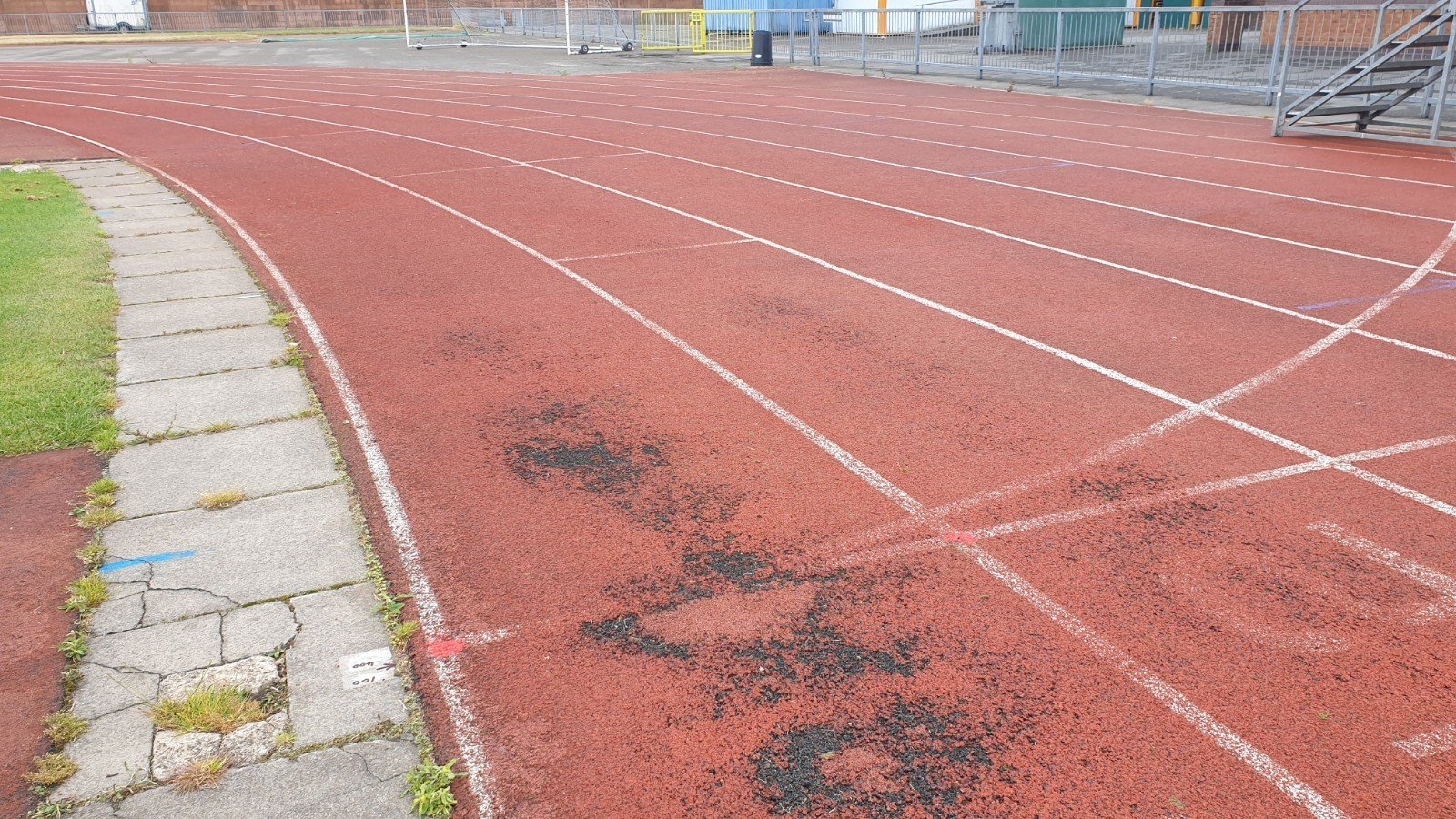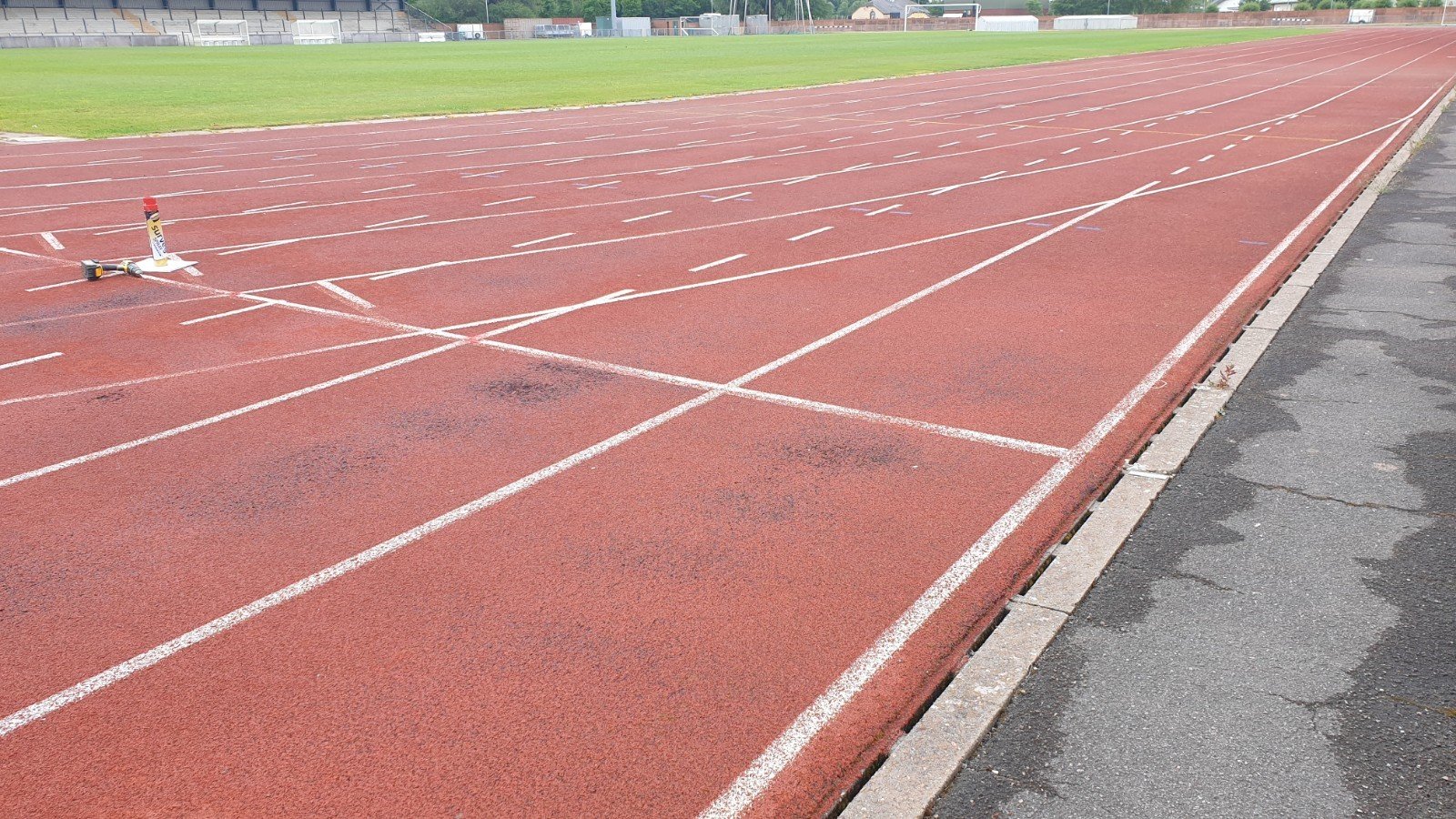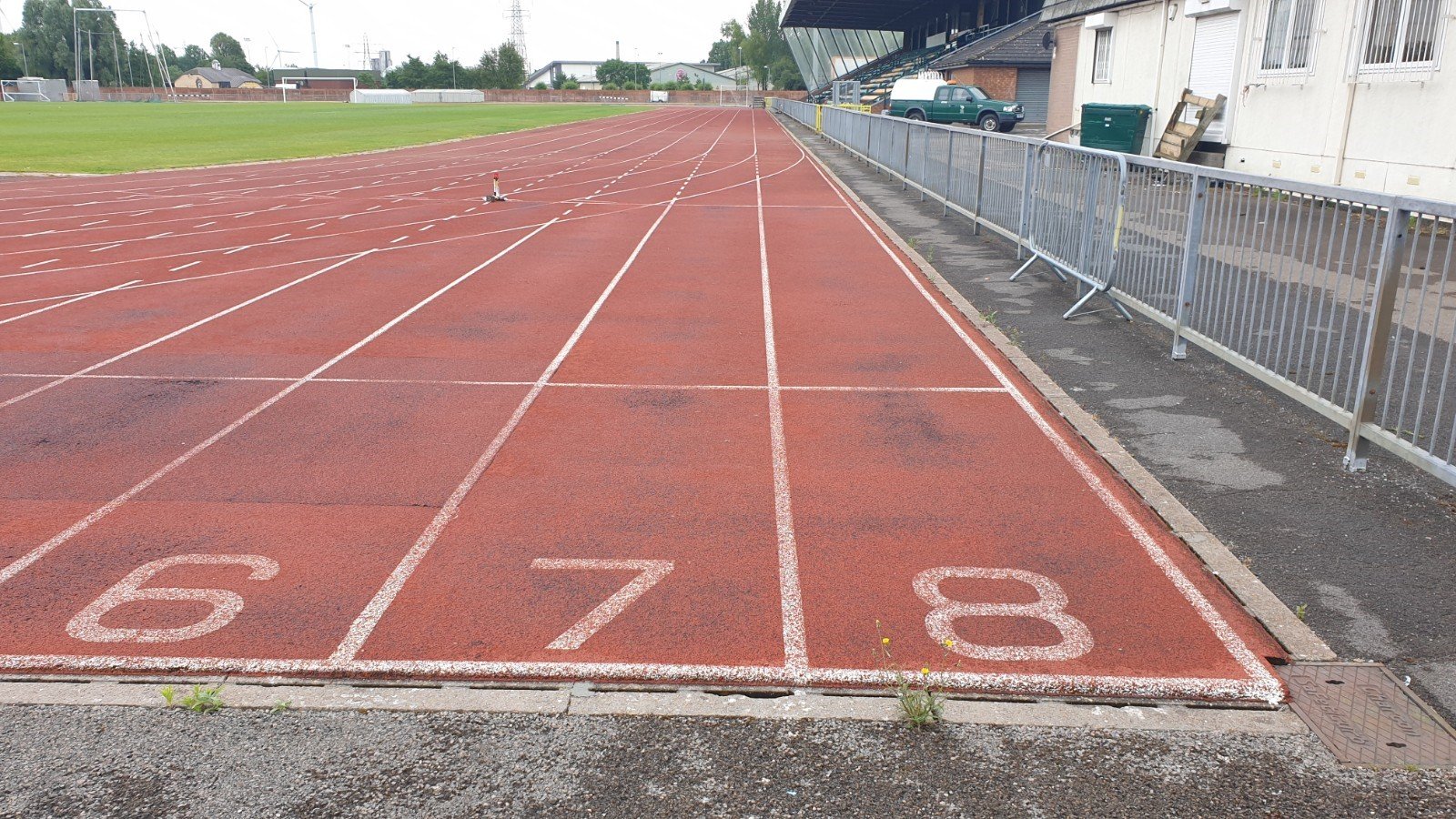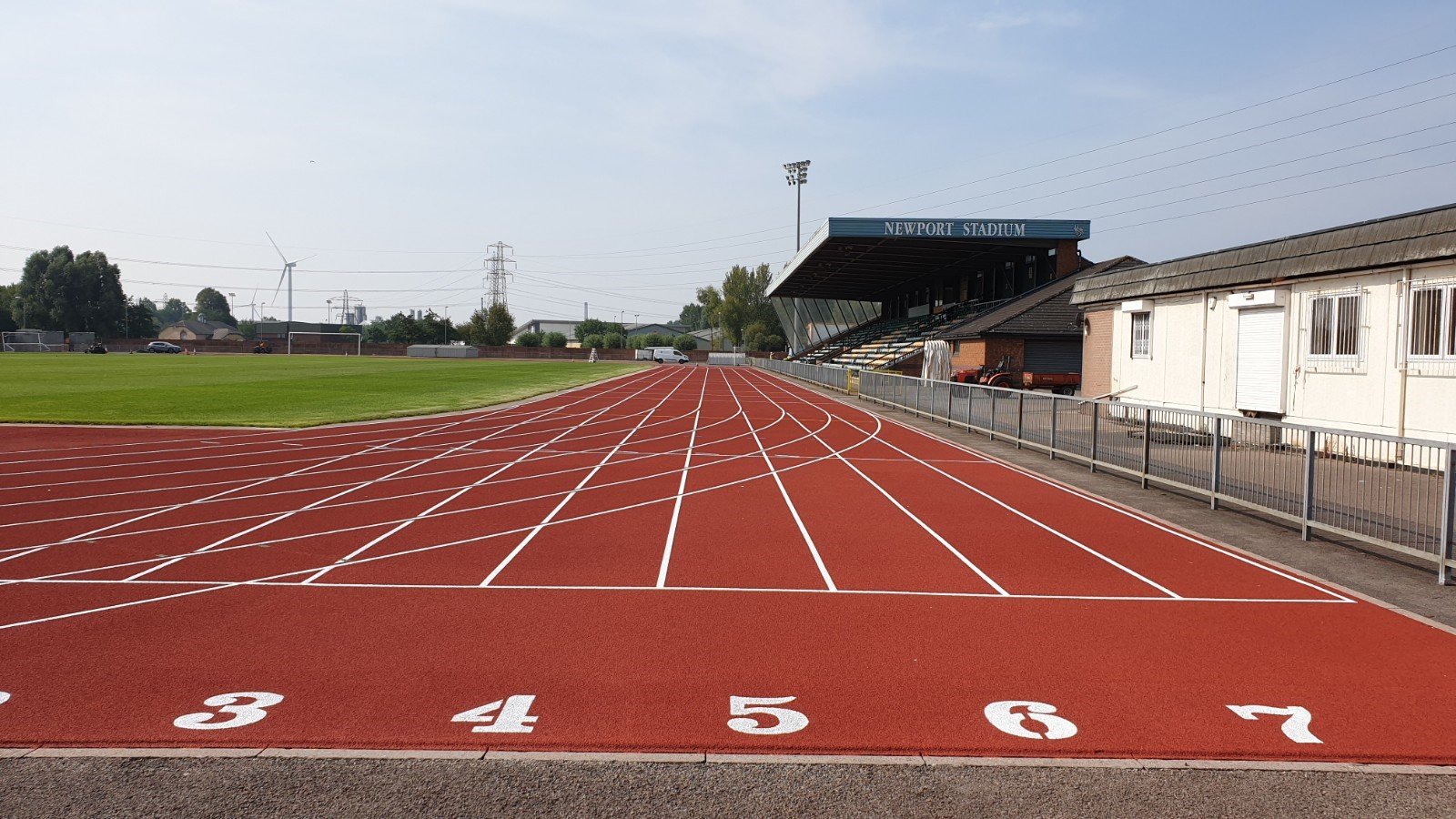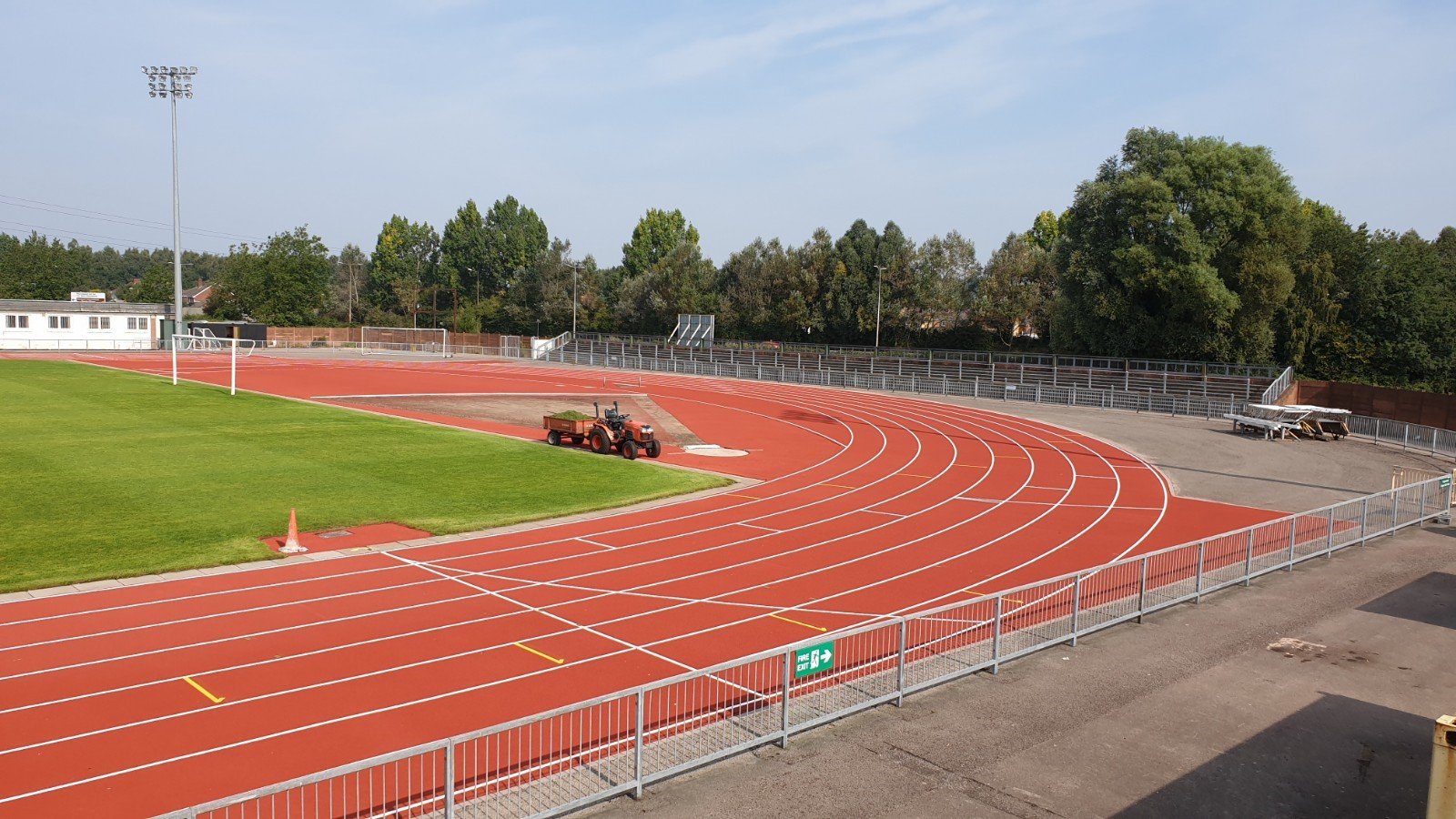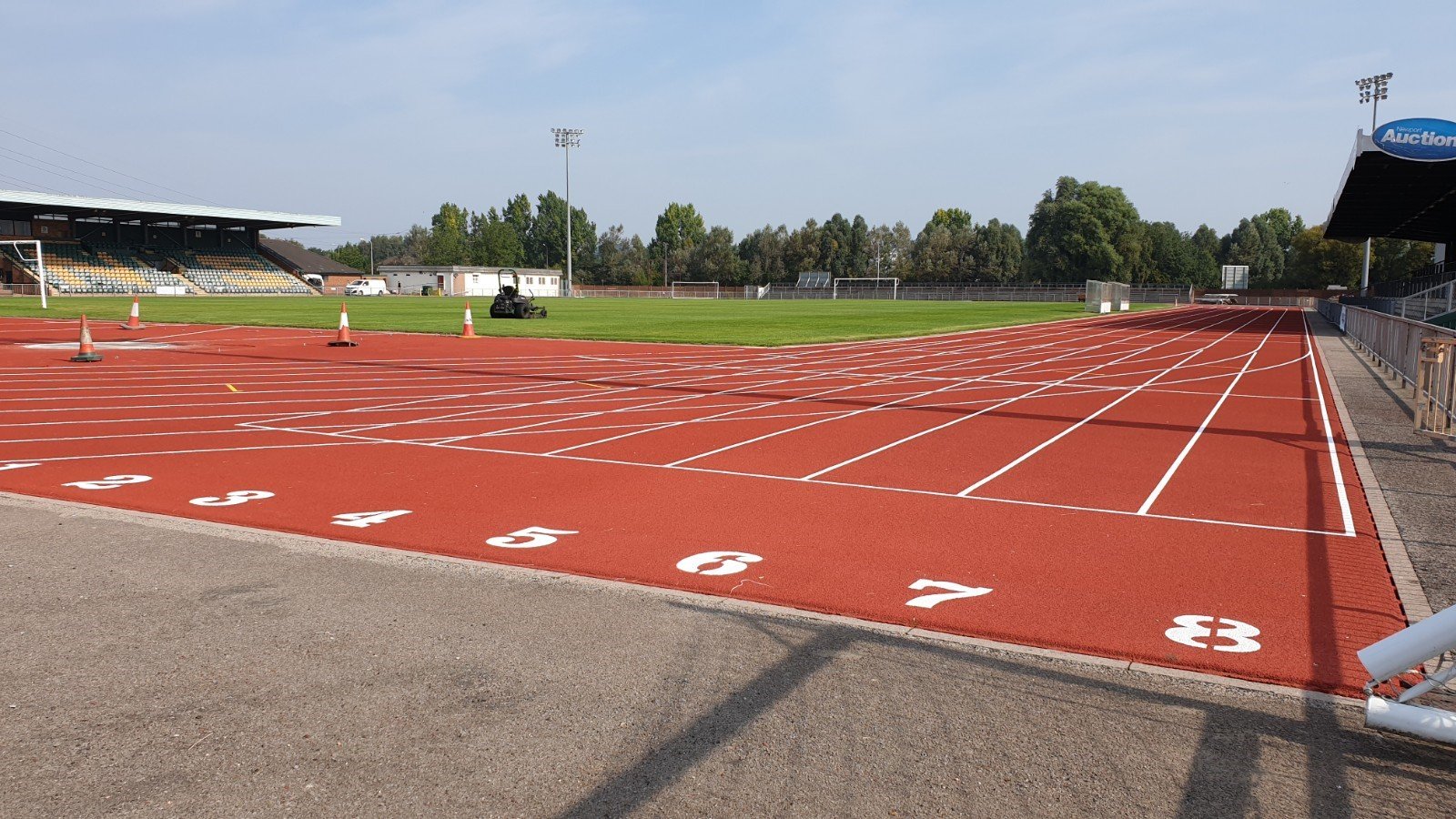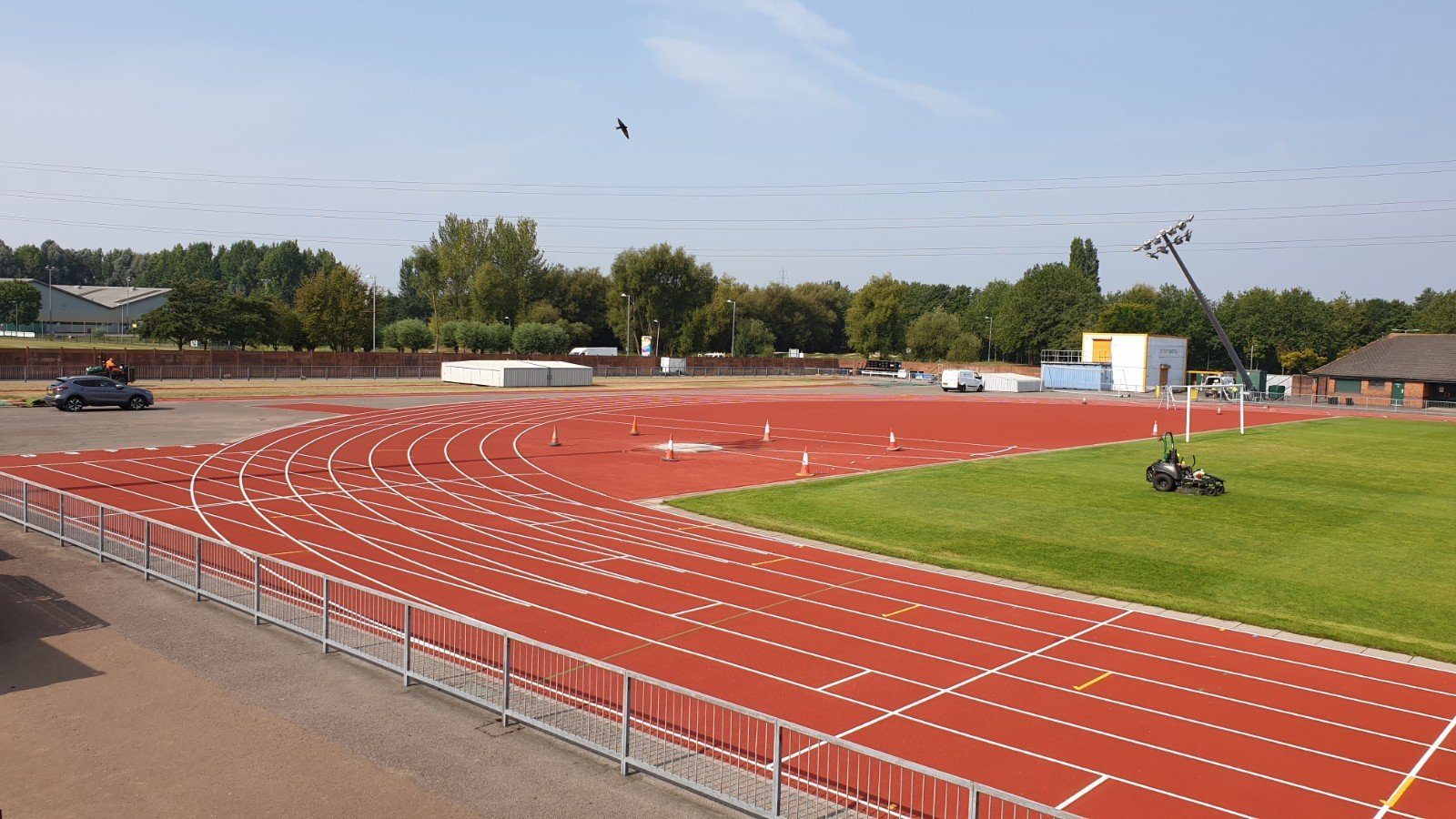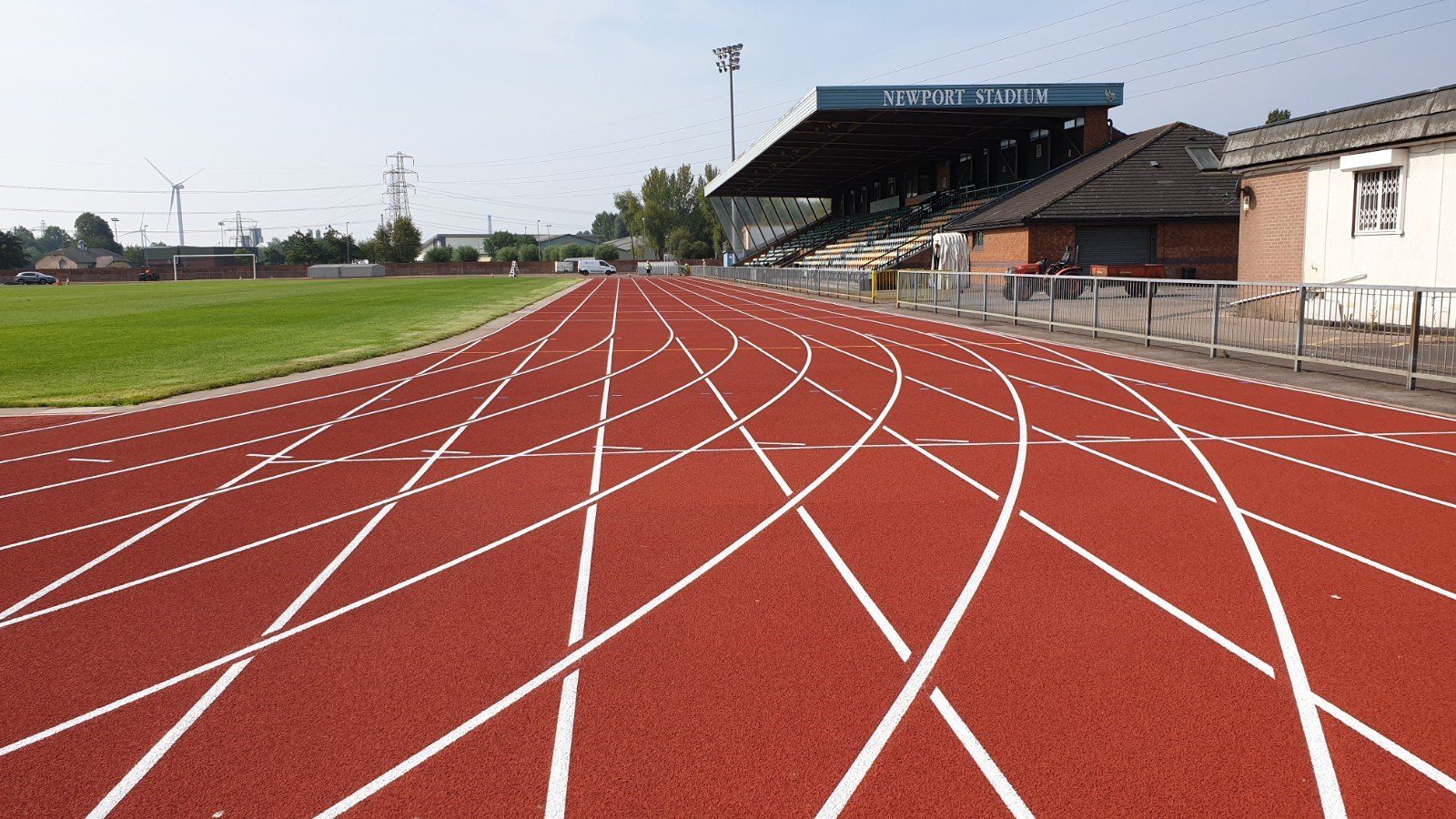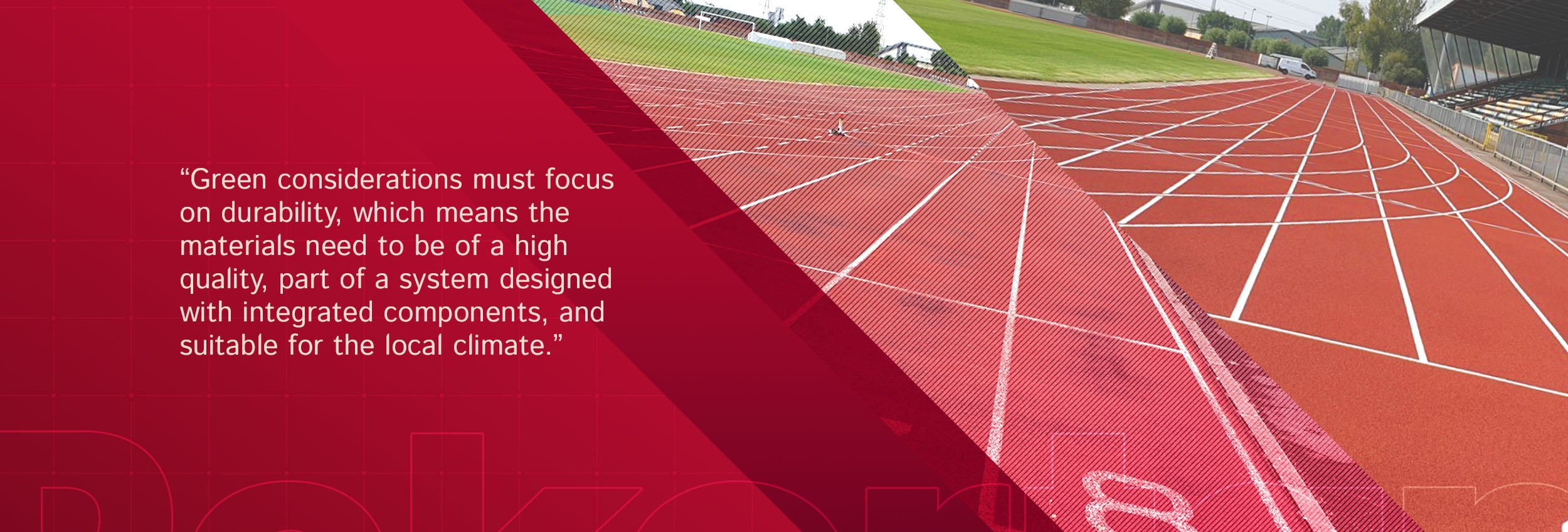How to keep your track running for 30 years?
Tracks lasting 20-30 years are good for environment
Sport Group is the largest business in the sport surfaces industry. Our vision is to develop a completely green chain for sports surfaces so that we will be able to produce climate-smart products for synthetic turf and running tracks.
Product innovations such as our Rekortan Gel tracks, which are made from 88% renewable/recycled content are important developments, however what should not be overlooked is that product lifetime is a key part of sustainability.
Longevity is best for the environment
Green considerations must focus on durability, which means the materials need to be of a high quality, part of a system designed with integrated components, and suitable for the local climate. Venue owners should look for ‘tracks to trust’, ie those tracks with proven durability in their region.
“Green considerations must focus on durability, which means the materials need to be of a high quality, part of a system designed with integrated components, and suitable for the local climate.”
Ongoing maintenance boosts longevity
Just like anything, sport surfaces benefit from regular maintenance. For example, tracks have an inner rail which if not maintained can become blocked by leaves and grass. This can cause water to sit on the inside lane, which not only causes complaints by runners, but promotes algae build up, causes the lane to wear faster and stains the track when it dries.
Track maintenance includes cleaning with high pressure jets, cleaning the gullies and filters, and capturing loose crumb. Most venues have groundskeepers; however, tracks are often mistakenly viewed as impervious to external forces.
Track repairs are also common and important, especially in high use areas such as the inside lane, the 100m start, throwing areas and jumping take off areas.
Manchester Arena (UK) & Alexander Stadium (UK) re-topped to Diamond League standard
Rekortan tracks are successfully re-topped around the world.
Polytan has re-topped tracks at the Manchester Arena and Alexander Stadium in Birmingham with both venues being World Athletics certified and used for Diamond League and elite events.
We installed the Manchester track in 2001 and with one re-topping it lasted 19 years until we refurbished it in 2020. Alexander Stadium has been a Polytan track for 20 years, during this time the track was re-topped, and we worked closely with the stadium on track repairs to maintain its elite quality.
With re-topping tracks can last 30 years
In the UK, a well-maintained track with medium to high usage should last 8-10 years, with a re-top adding another 7 or more years.
Polytan has just completed the 3rd re-top at the Newport Stadium, Wales. The track is 23 years old and now should last another 7 years, taking it up to 30 years.
In Wollongong, Australia, the Kerryn McCann Athletics Track, was originally installed as a red Rekortan track 1993 and re-topped (red) in 2004. In 2017 we re-topped the track with a blue surface which will take the track life beyond 30 years.
These examples show that good track system will extend the lifecycle before replacement materials, which have environmental impact, are required. The economic sense is clear, but the environmental benefits are very important.
Kerryn McCann Athletics Track, Wollongong, Australia
2017 blue re-topping will take the track life to 30+ years
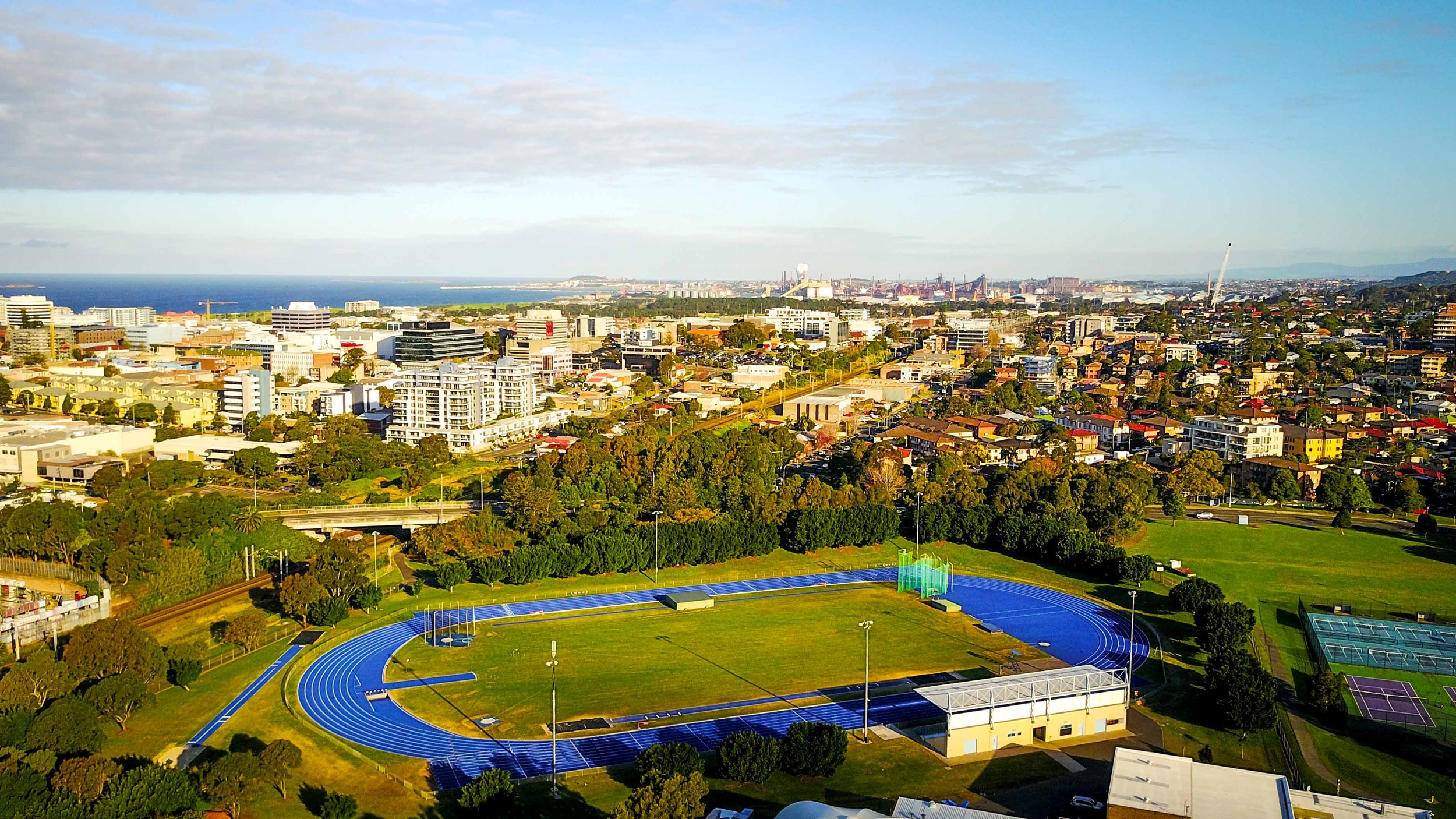
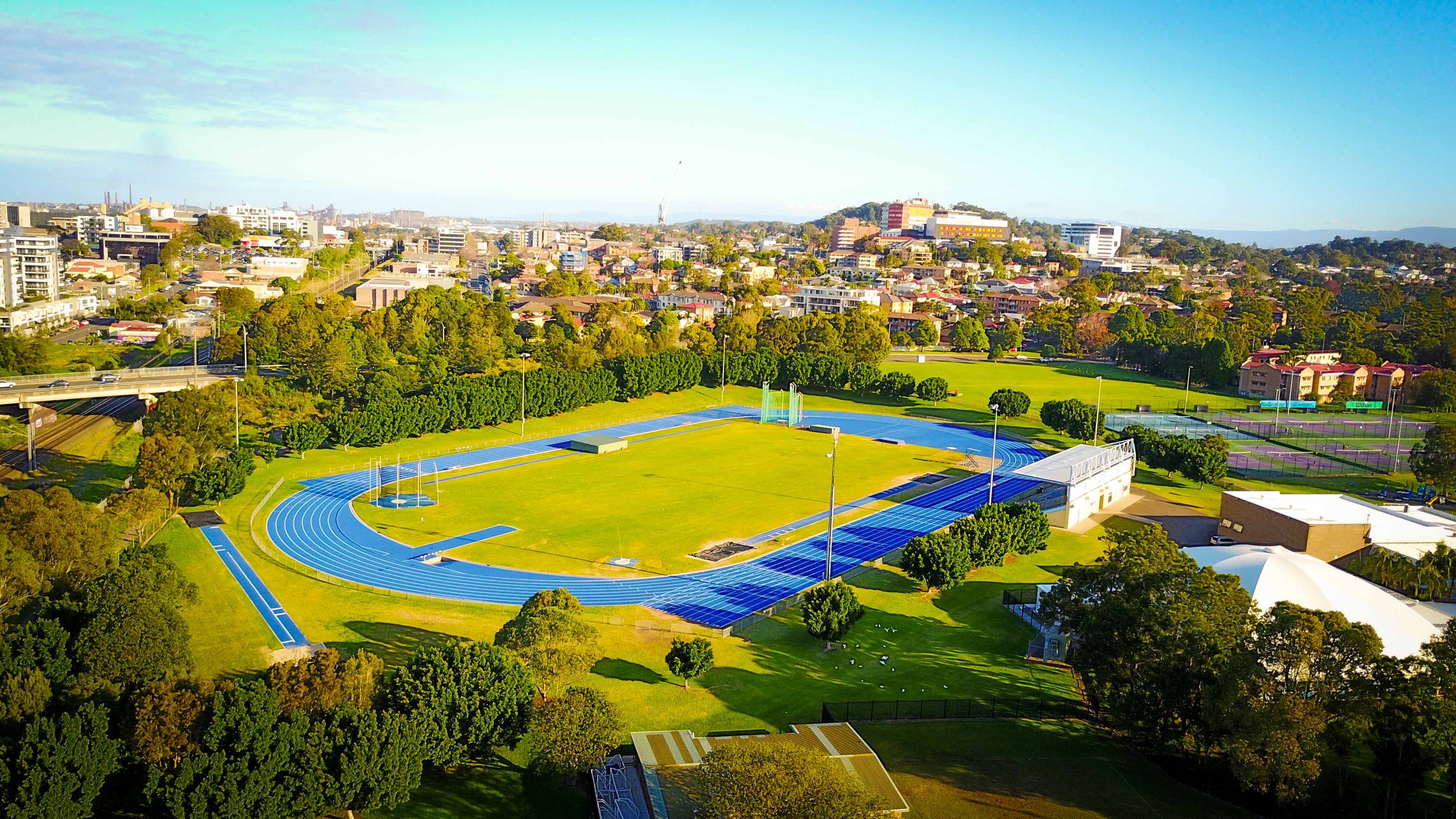
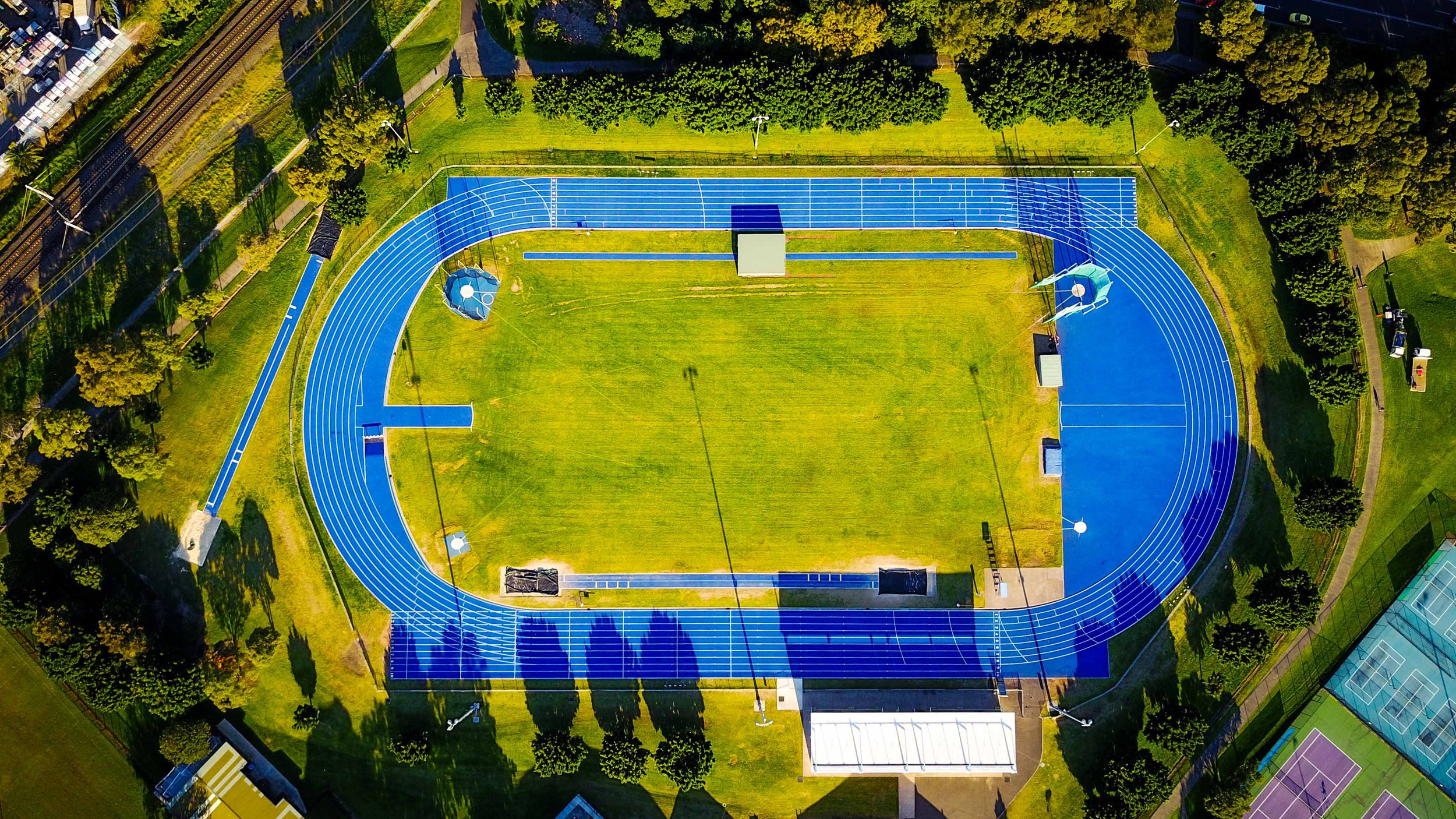
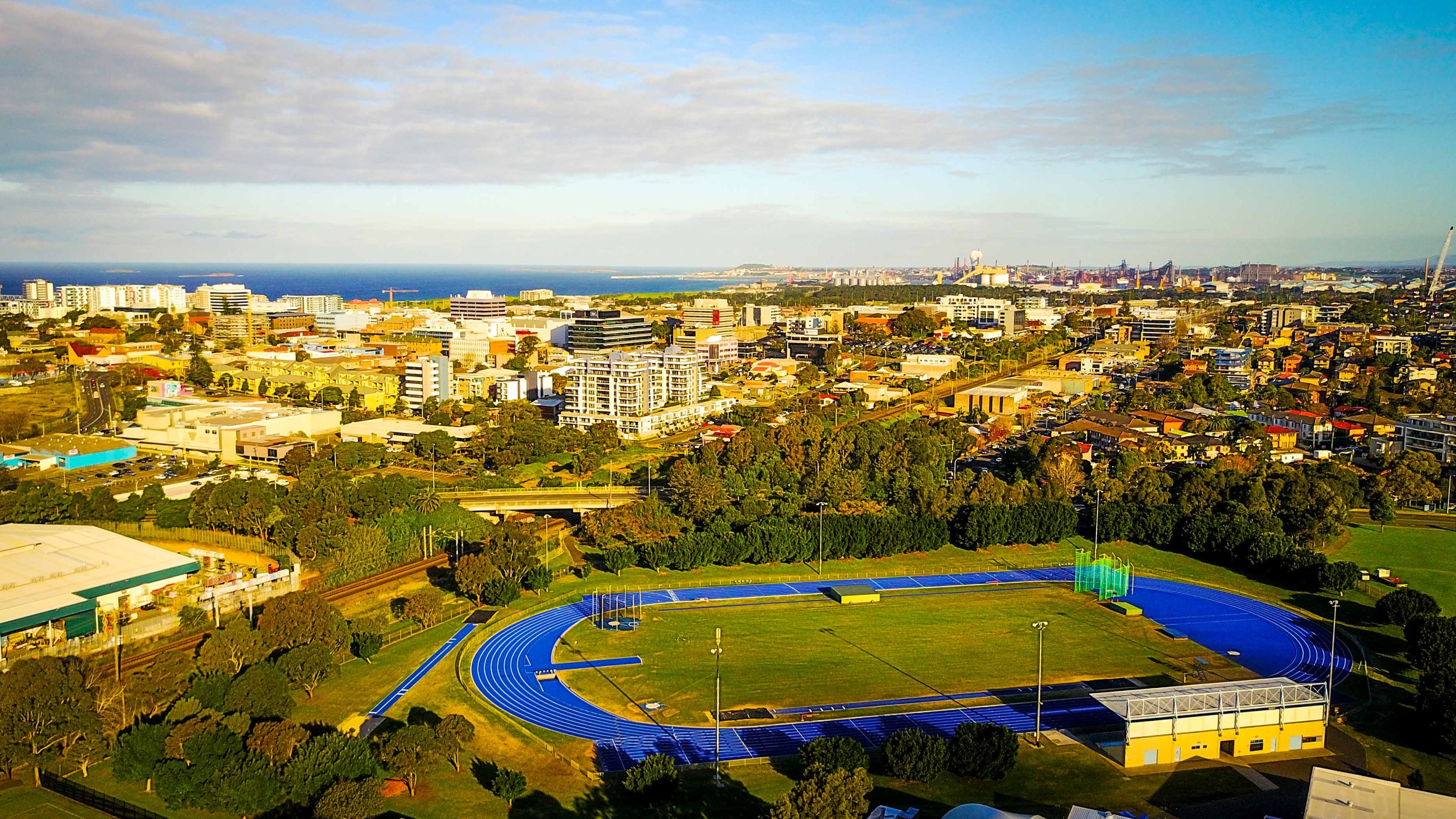
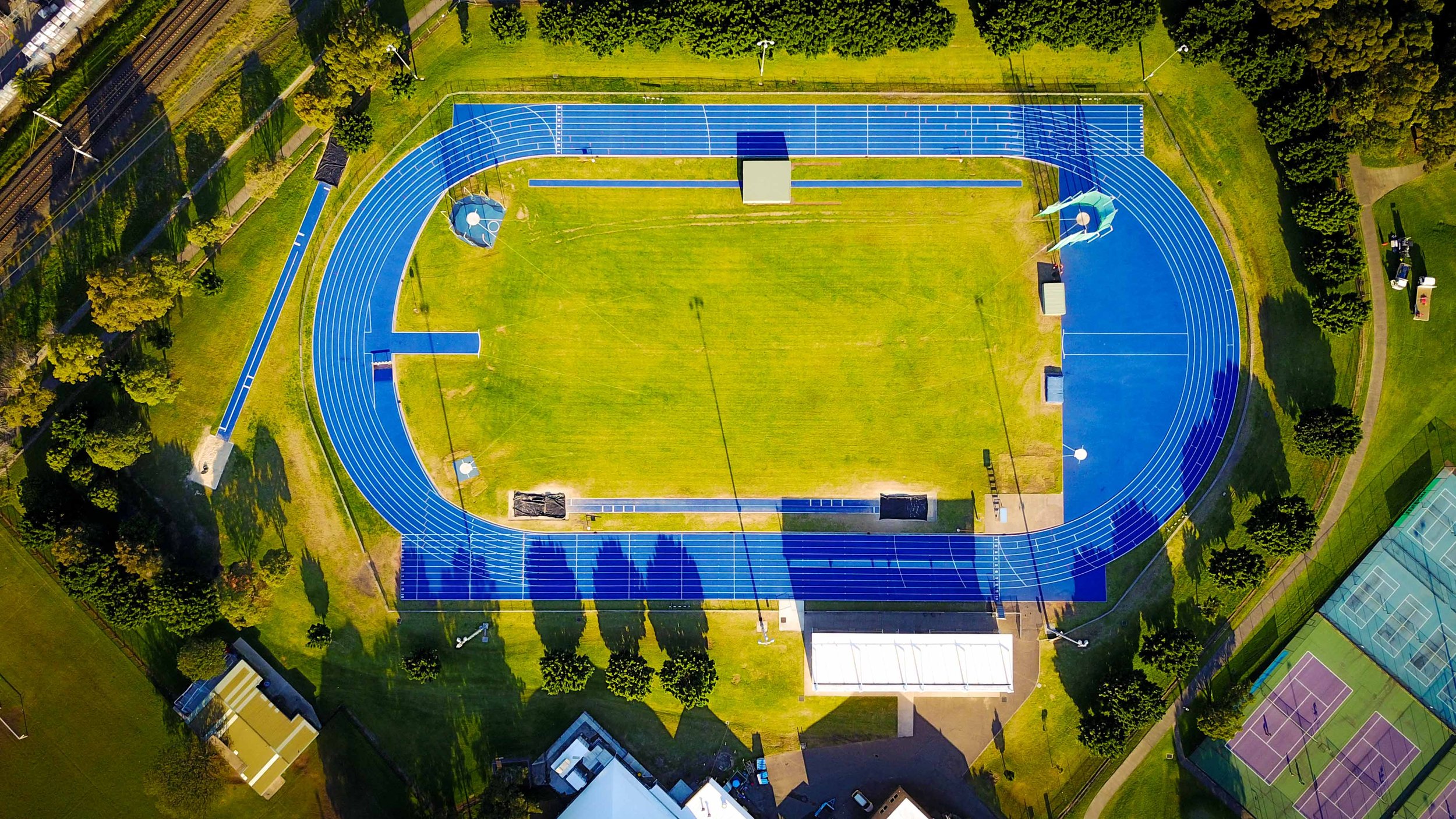
Newport Stadium, Wales
23 year old track looking good after re-topping in 2020
